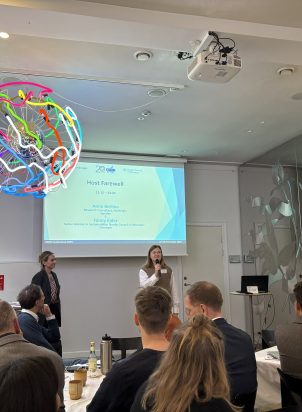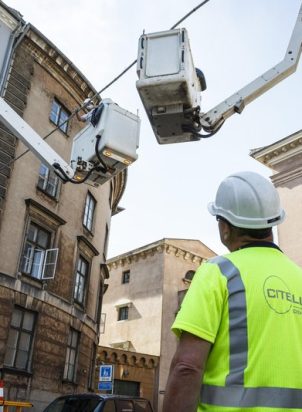Are we going to see electric airplanes criss-crossing the Nordic skies in the near future? The distinctive geography and commitment to climate neutral transport in the Nordics sets the stage for an ideal testing ground for new innovations. But if electric aviation becomes a reality, how would it impact regions and local communities? Nordregio’s new report offers insights through case studies and future scenarios.
Exploring the future of electric aviation in the Nordic Region
Electric aviation has potential to transform aviation and offer a solution for more sustainable air travel. While the topic is attracting increasing interest and gaining momentum, there is still much to explore. As Rebecca Cavicchia, Senior Research Fellow at Nordregio, explains: “when it comes to research about electric aviation, most of the studies have focused on the technical aspects of airplanes and infrastructure. However, it is important to look at the regional development dimension as well.”
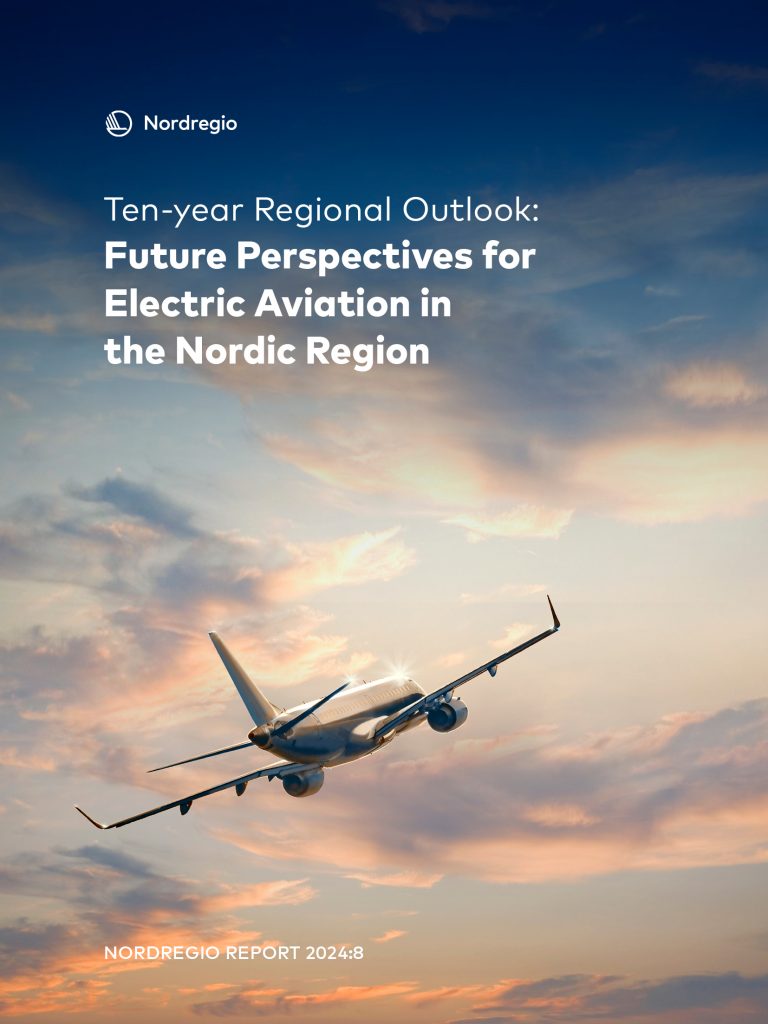
This is exactly what a new report “Ten-year Regional Outlook: Future Perspectives for Electric Aviation in the Nordic Region” explores. It approaches electric aviation with a place-based approach, taking into account the regional dynamics and impacts. “Using future scenarios in this context is a novel approach. This kind of exploratory study paves the way for new research and insights into electric aviation”, Cavicchia, one of the authors of the report, continues.
Five Nordic scenarios highlight challenges and opportunities
The report presents five case studies and future scenarios for electric aviation in Denmark, Finland, Iceland, Norway and Sweden and maps out a ten-year future scenario for turning electric aviation into reality in specific routes and regions.
Building on insights from analyses and focus group discussions with local stakeholders, the report draws out trajectories for connections between:
- Copenhagen and Bornholm (Denmark)
- Kuusamo, Kajaani and Oulu (Finland)
- Skellefteå and Oulu (Sweden-Finland)
- Akureyri and Reykjavik (Iceland)
- Bodø and Leknes (Norway)
“All cases are unique and shed light on different aspects and nuances of electric aviation”, Jonas Kačkus Tybjerg, Research Assistant at Nordregio and one of the report’s co-authors, notes. The views differ from looking at electric aviation as means of working towards climate targets, leveraging it as a catalyst for regional development and connecting remote areas, or seeing it as a novel alternative to conventional flights.
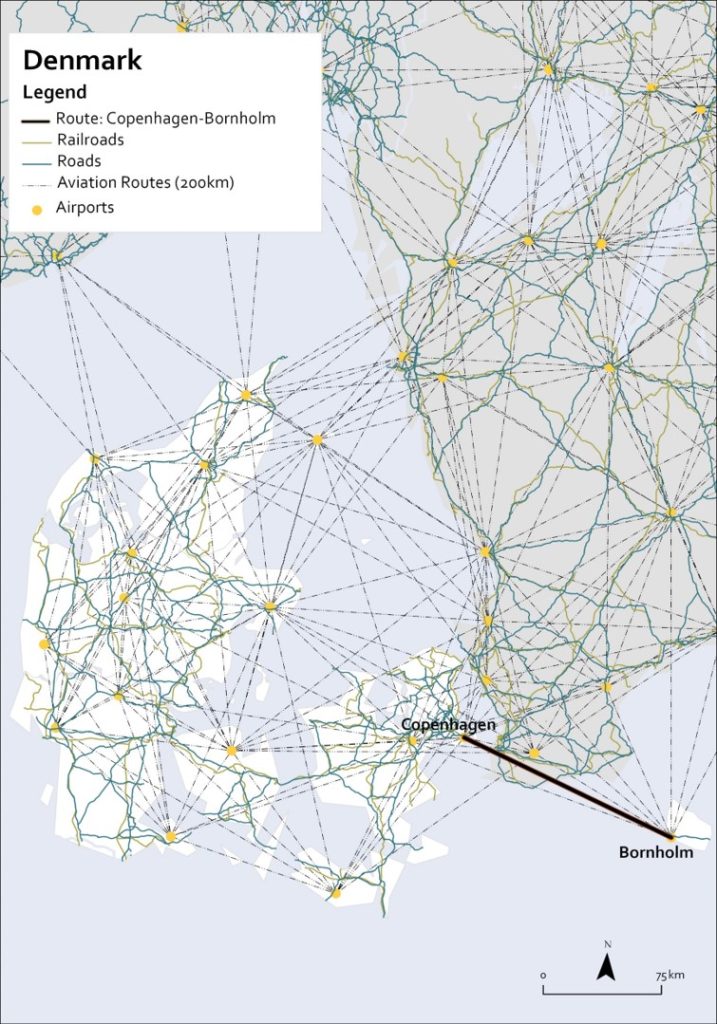
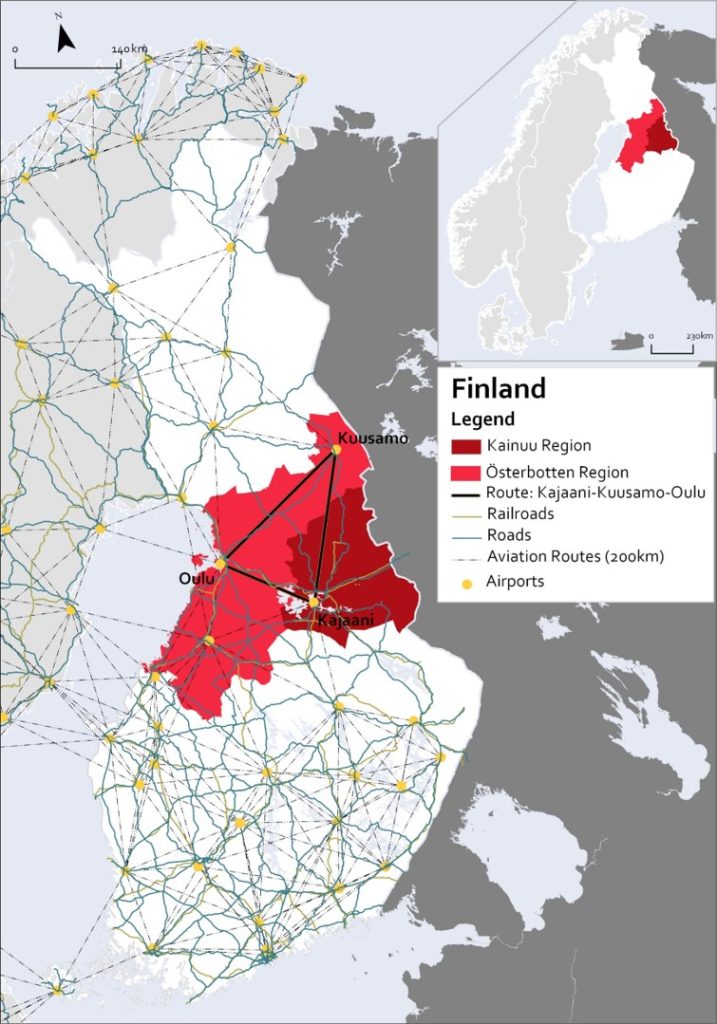
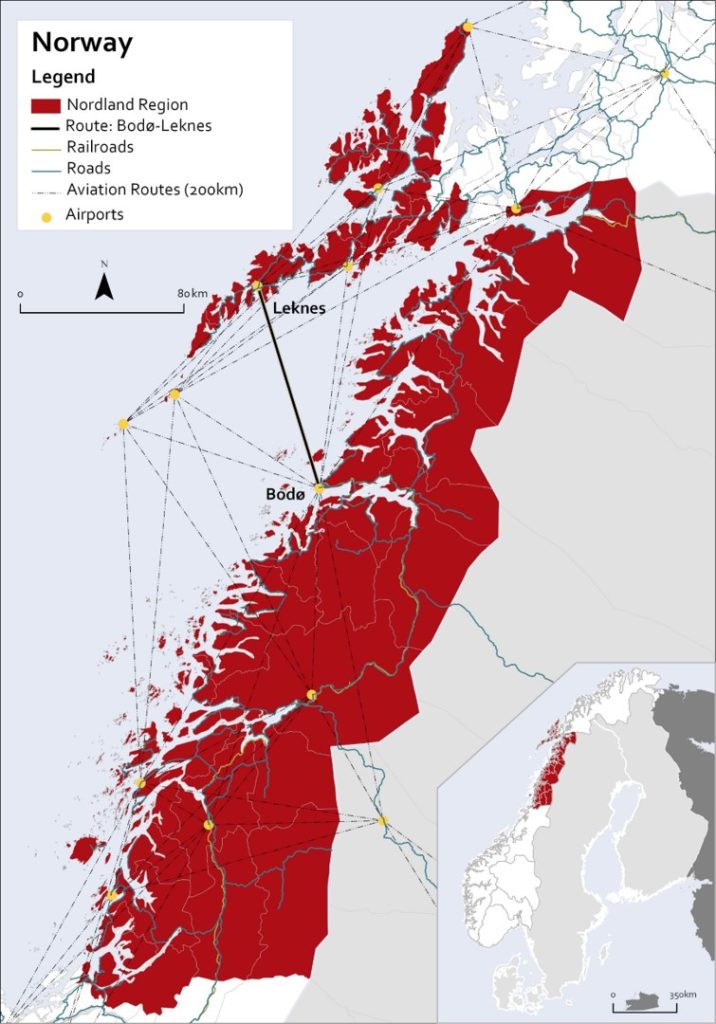
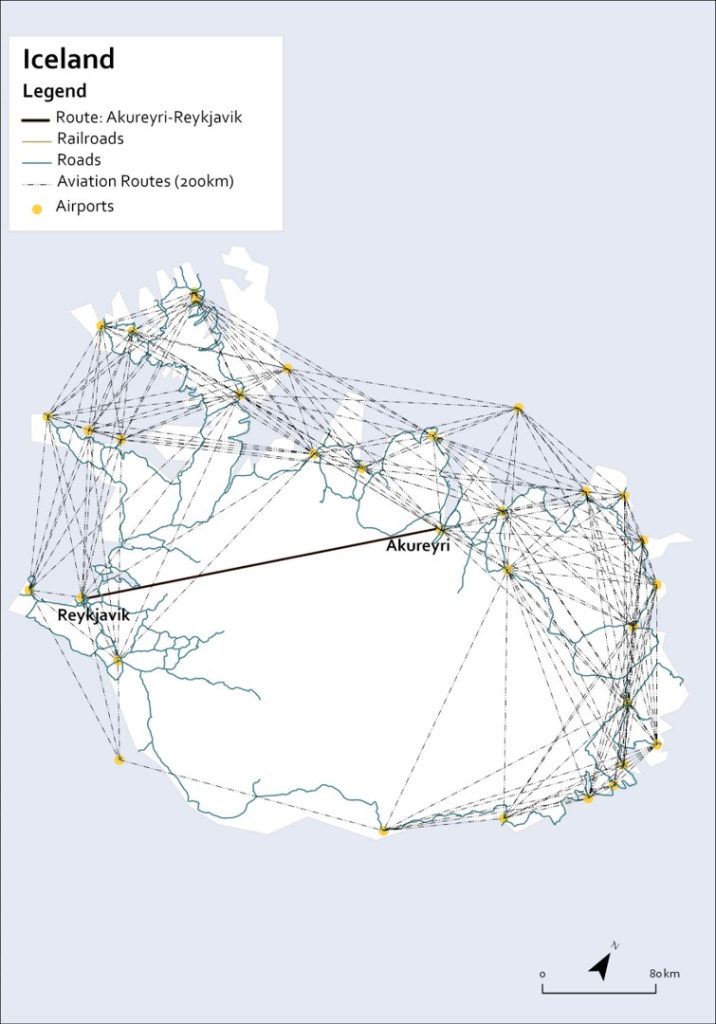

The cases highlight both the positive and negative sides of the electric aviation. “We looked at the issue broadly and did not start with the assumption of electric aviation necessarily being suitable, feasible, or the best solutions for each route. On paper, certain routes seemed beneficial, but it was important understand the perspectives of people in these regions and municipalities to see if such connections would really be beneficial or used by people – or if other connections or route options would emerge as better alternatives instead”, Kačkus Tybjerg adds.
“A glimpse into the future”
Leveraging a novel approach and building scenarios for specific local contexts and looking ahead on a five-to-ten-year time span, the report offers a window into the possibilities of electric aviation. “The cases we present are examples of the possibilities. There are also many other routes that could benefit from electric or hybrid solutions in the future“, Jonas Kačkus Tybjerg reminds.
For experts in the field, the report opens up new perspectives to the regional dimensions of electric aviation. For policymakers and stakeholders, the report offers markers towards a path to a greener, more sustainable, and integrated Nordic Region. In addition, the report and the storymap introducing the routes and future scenarios can also uncover new horizons through tangible examples for anyone interested in the future and pathways towards sustainable aviation.
The way forward
Before the runway is clear for electric aviation to take off, questions about social acceptance, availability of funding for novel technologies, impact on ticket prices and overall viability of specific routes still need to be answered. Even though some scepticism prevails, the general attitude towards electric aviation is largely positive.
Building on the momentum and turning visions into reality requires also political will and commitment, as well as support from local and national governing bodies. In addition to technological advancements, viable electric air transport in the Nordic Region depends on incentives, taxation, and regulation, as well as social trust. In favourable conditions, electric aviation can contribute to the green Nordic image and reduce emissions, create new opportunities for tourism and businesses, and increase access to public services.
The report has been produced as a part of the “Electric aviation and the effects on the Nordic regions” project funded by the Nordic Council of Ministers. The project runs from May 2022 until December 2024, carried out by Nordregio, Nordic Energy Research and the University of Akureyri Research Centre.







